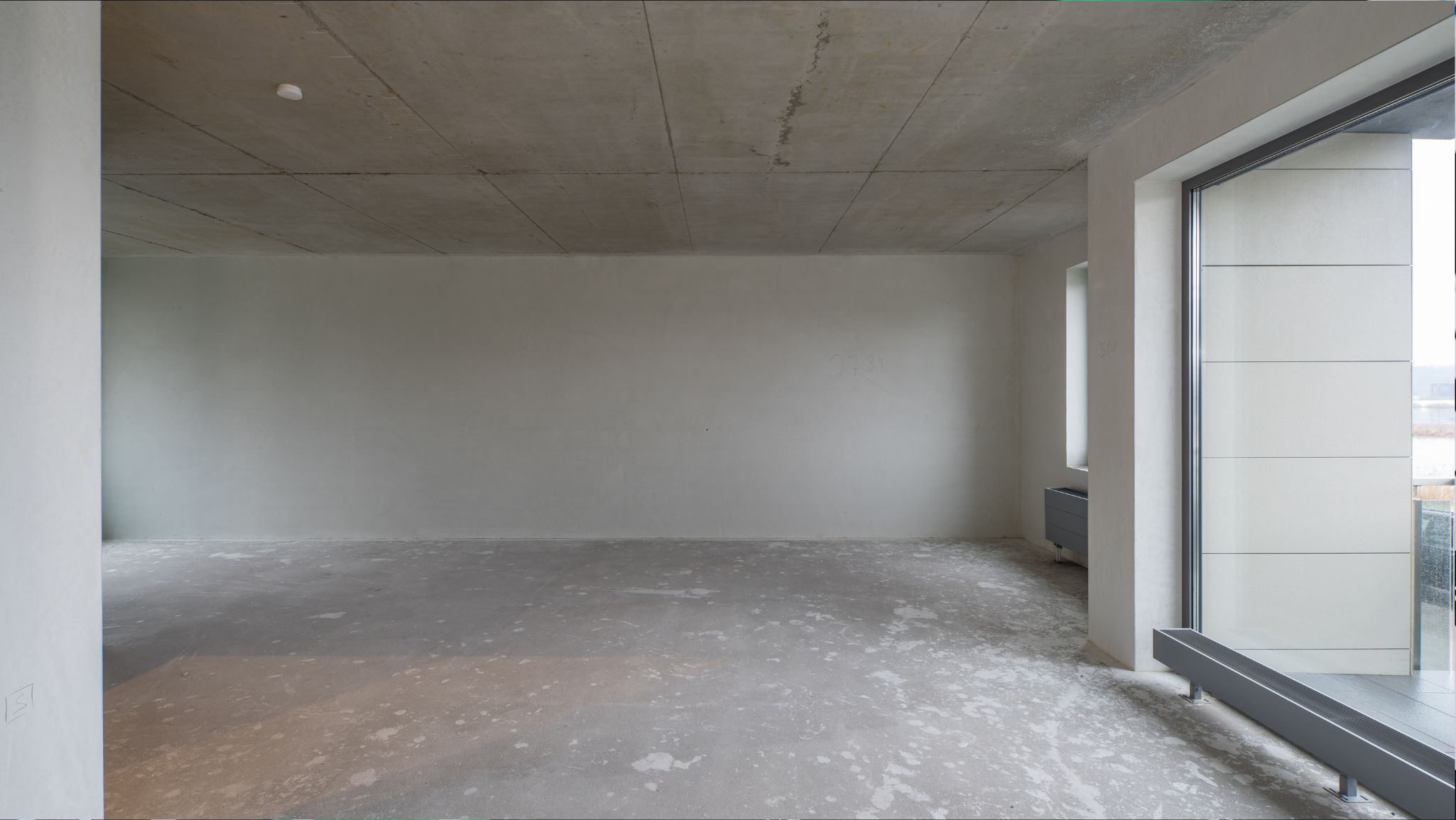When it comes to flooring, the finish is not just a final touch—it’s a critical component that determines the longevity, appearance, and overall performance of your floors. Whether you have hardwood, tile, or concrete floors, the right finish can make a significant difference in protecting and enhancing their beauty. In this guide, we will explore why quality floor finish matters, the various types of finishes available, and how to choose the best one for your needs.
Table of Contents
ToggleUnderstanding the Importance of Floor Finish
A floor finish serves multiple purposes. It acts as a protective barrier against daily wear and tear, spills, stains, and environmental damage. Additionally, a good finish enhances the aesthetic appeal of your floors, giving them a polished and refined look. Investing in a quality floor finish is crucial for several reasons:
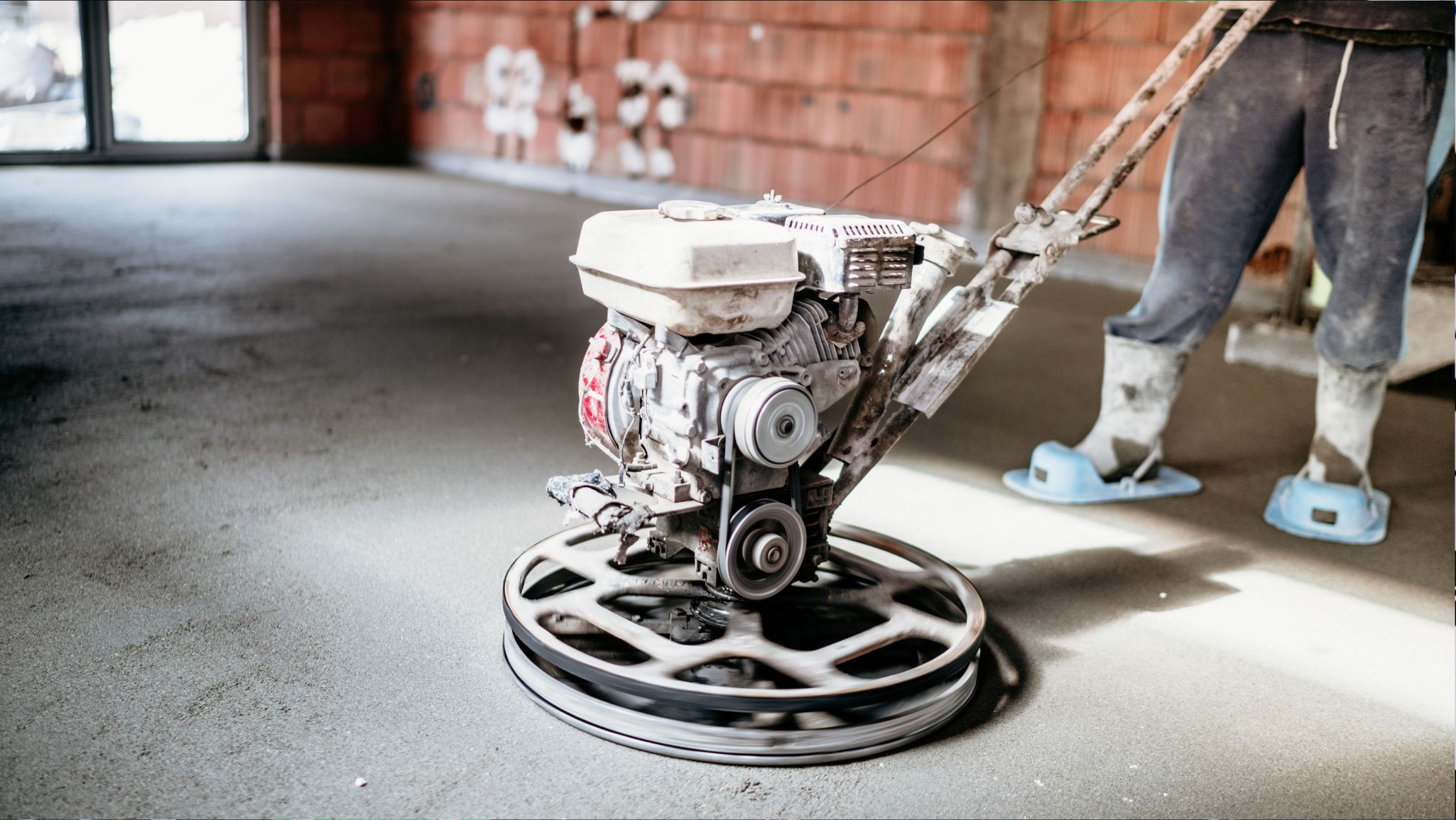
- Protection:
- A high-quality floor finish provides a durable layer that shields your floors from scratches, dents, and other physical damage. This is especially important in high-traffic areas where floors are subjected to constant use.
- Longevity:
- Quality finishes extend the lifespan of your flooring by preventing moisture penetration and reducing the impact of foot traffic. This means fewer repairs and replacements over time, saving you money in the long run.
- Aesthetic Appeal:
- A well-applied finish enhances the natural beauty of your floors, highlighting the grain in hardwood or the texture in tile. It can also add a desired sheen, from matte to high gloss, that complements your interior design.
- Ease of Maintenance:
- Floors with a good finish are easier to clean and maintain. The finish repels dirt and stains, making regular upkeep less time-consuming and more effective.
Types of Floor Finishes
There are several types of floor finishes, each with unique properties and benefits. Understanding these can help you make an informed decision about which finish is best for your floors.
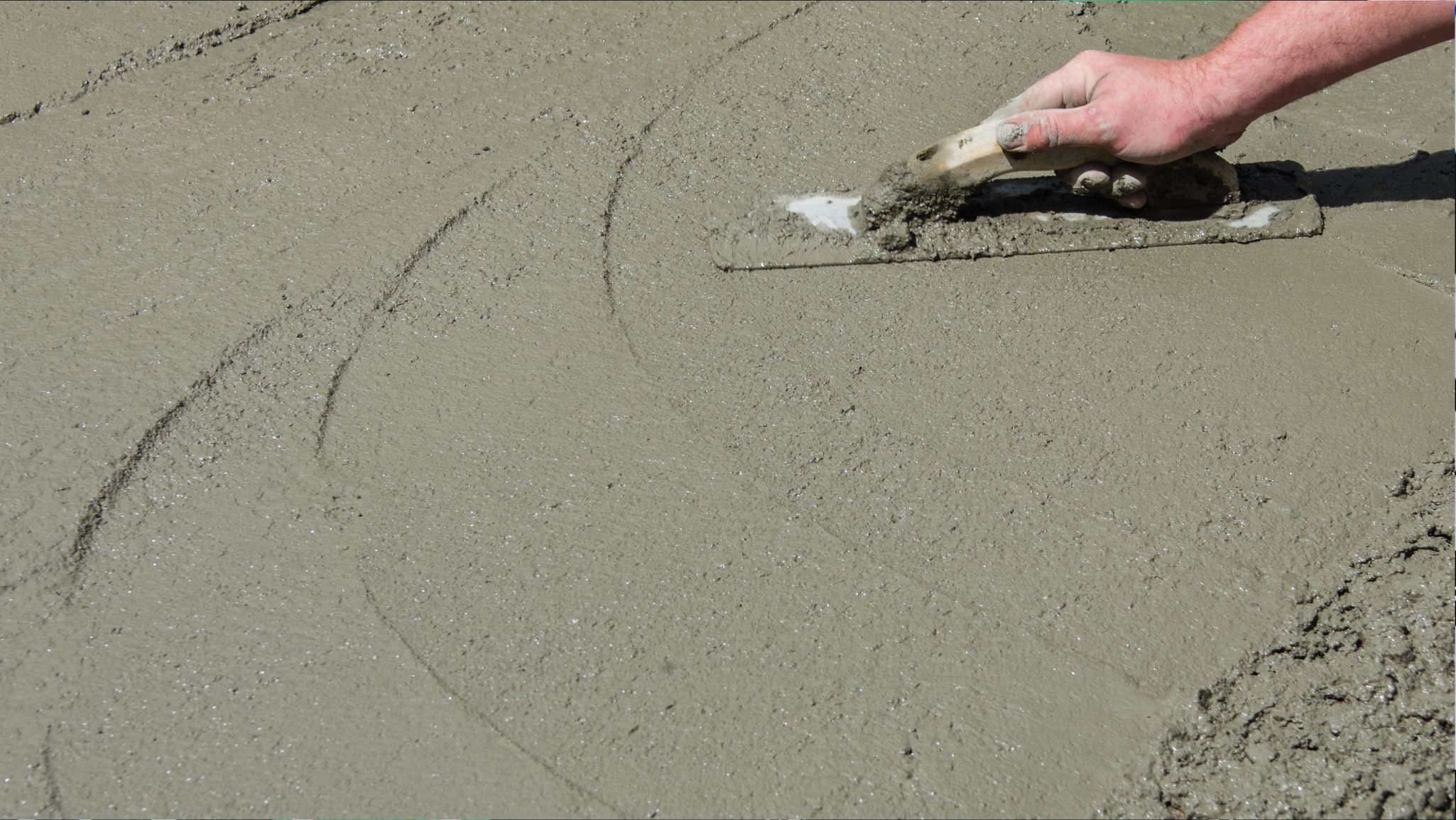
- Polyurethane Floor Paints:
- Polyurethane finishes are among the most popular due to their durability and versatility. Available in both oil-based and water-based formulations, polyurethane provides excellent resistance to abrasion, chemicals, and moisture. It’s ideal for high-traffic areas and can be used on a variety of flooring types, including hardwood and concrete.
- Oil-Based Finishes:
- Oil-based finishes penetrate deeply into the wood, providing a rich, warm glow that enhances the natural beauty of the wood grain. They are highly durable and can withstand significant wear and tear, making them suitable for hardwood floors in residential and commercial settings. However, they have longer drying times and emit strong odors during application.
- Water-Based Finishes:
- Water-based finishes are known for their low VOC (volatile organic compounds) content, making them an environmentally friendly option. They dry quickly, have less odor, and provide a clear finish that doesn’t yellow over time. While they may not be as durable as oil-based finishes, advancements in technology have significantly improved their performance.
- Wax Finishes:
- Wax finishes provide a soft, natural look with a low sheen. They are easy to apply and can be buffed to achieve different levels of gloss. However, wax finishes require regular maintenance and reapplication to keep them looking their best. They are less resistant to water and chemicals compared to polyurethane and other synthetic finishes.
- Acrylic Finishes:
- Acrylic finishes offer quick drying times and easy application, making them a convenient choice for DIY projects. They are suitable for light to moderate traffic areas and provide a clear, glossy finish. However, they may not offer the same level of durability as polyurethane or oil-based finishes.
Choosing the Right Finish for Your Floors
Selecting the right finish for your floors involves considering several factors, including the type of flooring, the level of foot traffic, your aesthetic preferences, and the environment.
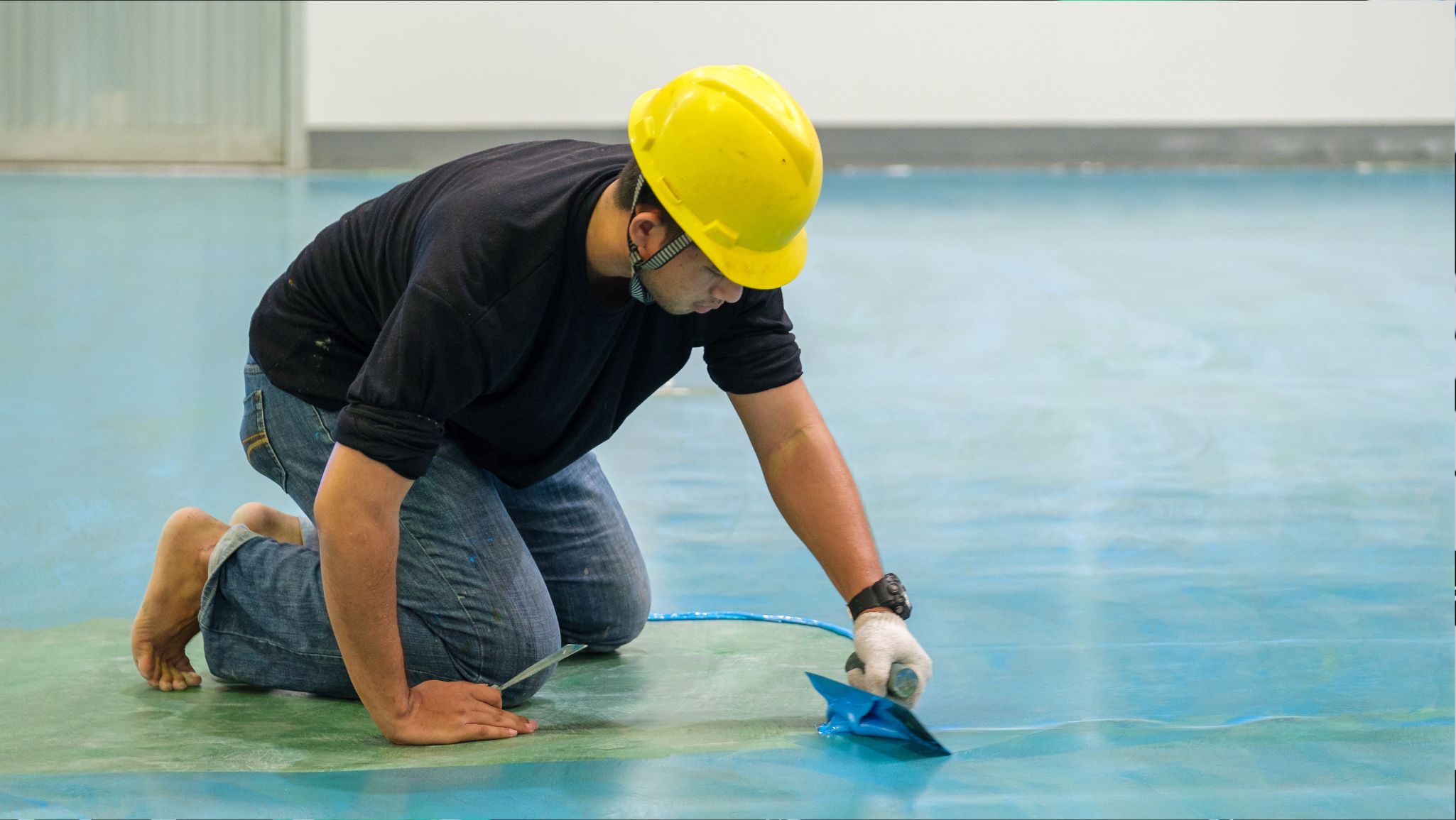
- Type of Flooring:
- Different flooring materials require different finishes. Hardwood floors benefit from oil-based or polyurethane finishes, while concrete floors might be best served by epoxy or polyurethane coatings. For tile floors, a high-quality sealer or acrylic finish can provide adequate protection.
- Foot Traffic:
- Consider the amount of foot traffic the area receives. High-traffic areas like hallways, kitchens, and entryways need a durable finish that can withstand constant use. Polyurethane is an excellent choice for these areas due to its toughness and longevity.
- Aesthetic Preferences:
- Think about the look you want to achieve. If you prefer a natural, warm appearance, an oil-based finish might be the best option. For a clear, modern look, a water-based finish can provide the desired effect without altering the color of the wood.
- Environmental Considerations:
- If you’re concerned about indoor air quality and environmental impact, opt for low-VOC finishes like water-based polyurethane or acrylics. These finishes emit fewer harmful chemicals and are better for the environment and your health.
Best Practices for Applying Floor Finishes
Proper application is crucial to achieving a durable and beautiful floor finish. Here are some best practices to ensure a flawless result:
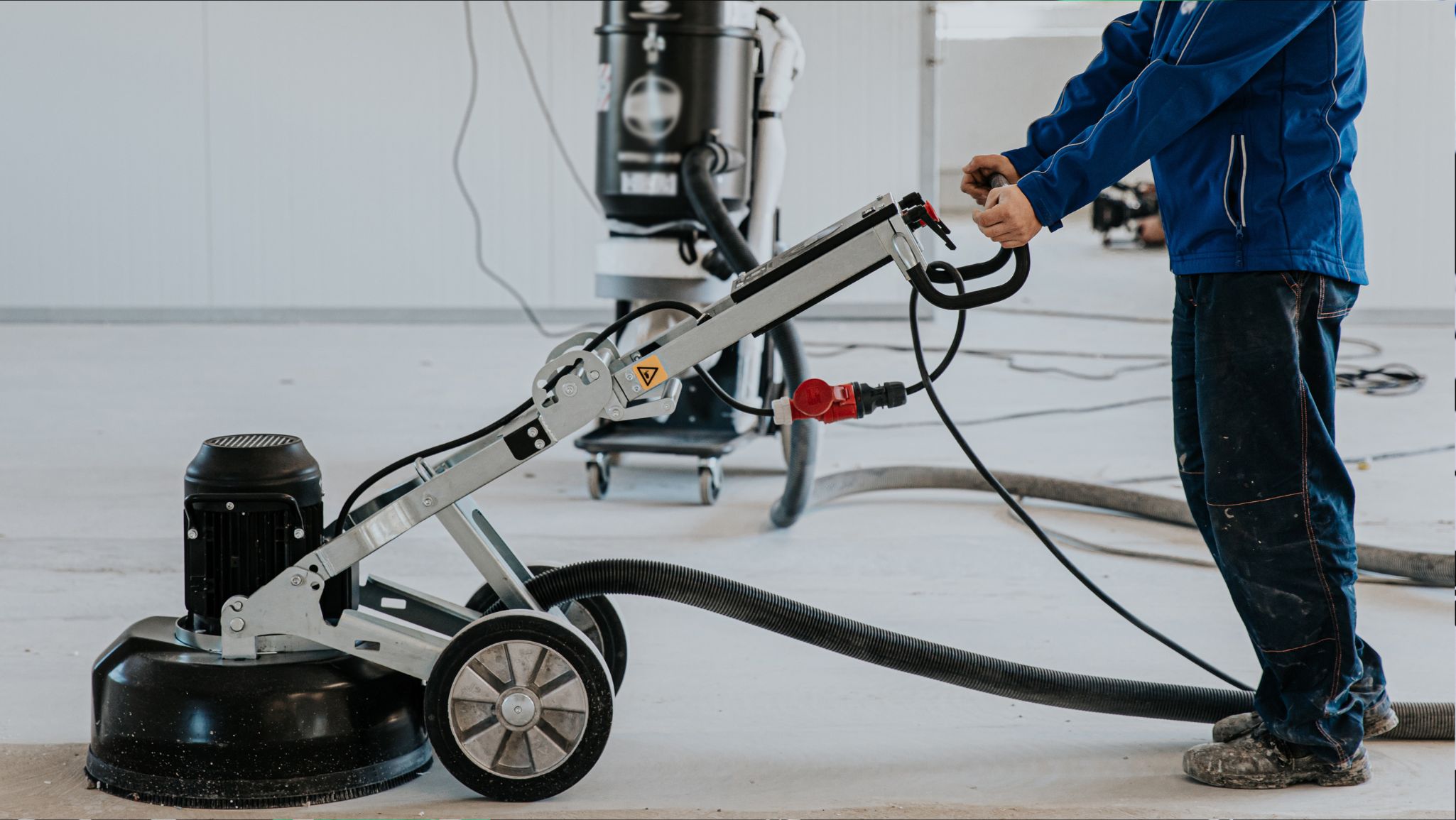
- Preparation:
- Thoroughly clean and sand the floor to remove any dirt, dust, and old finish. A smooth, clean surface is essential for the new finish to adhere properly.
- Testing:
- Always test the finish on a small, inconspicuous area first to ensure it meets your expectations in terms of color and sheen.
- Application:
- Follow the manufacturer’s instructions for application. Use high-quality brushes, rollers, or applicator pads to apply the finish evenly. Apply thin, even coats and allow each coat to dry completely before applying the next.
- Ventilation:
- Ensure the area is well-ventilated during application and drying. Proper ventilation helps the finish cure correctly and reduces the buildup of harmful fumes.
- Sanding Between Coats:
- Lightly sand the floor between coats to remove any imperfections and ensure a smooth surface. Clean the floor thoroughly after sanding to remove all dust particles.
- Drying and Curing:
- Allow adequate drying and curing time as specified by the product. Avoid heavy foot traffic and placing furniture on the floor until the finish is fully cured.
Maintenance and Care
Maintaining your floor finish is essential to keep it looking its best and extend its lifespan. Here are some tips for proper care:
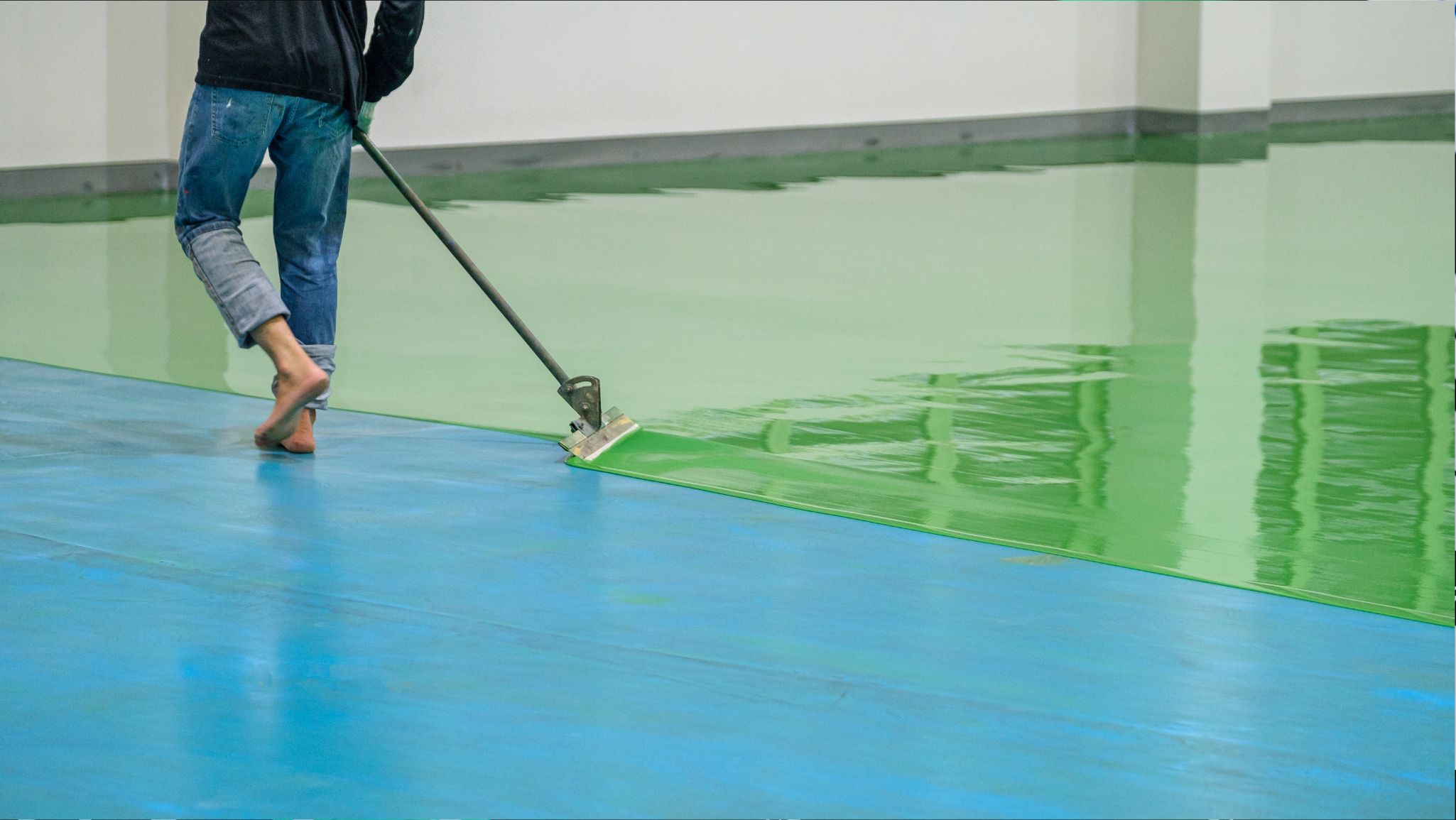
- Regular Cleaning:
- Sweep or vacuum regularly to remove dirt and debris that can scratch the finish. Use a damp mop with a mild detergent for deeper cleaning.
- Protective Measures:
- Place mats at entryways to catch dirt and moisture. Use felt pads under furniture legs to prevent scratches and dents.
- Prompt Spill Cleanup:
- Wipe up spills immediately to prevent staining and damage to the finish. Use a soft cloth and avoid abrasive cleaning tools.
- Reapplication:
- Depending on the type of finish and the level of wear, you may need to reapply the finish periodically. Follow the manufacturer’s guidelines for reapplication to maintain optimal protection and appearance.
Final Thoughts
A quality floor finish is an investment in the durability, beauty, and longevity of your floors. Whether you’re using polyurethane floor paints, oil-based finishes, or water-based options, choosing the right product and applying it correctly can make a significant difference. By understanding the importance of a good finish, selecting the appropriate type for your needs, and following best practices for application and maintenance, you can ensure that your floors remain stunning and protected for years to come. So, take the time to protect and perfect your floors with a quality finish—you’ll be rewarded with beautiful, durable floors that enhance the value and comfort of your home.

